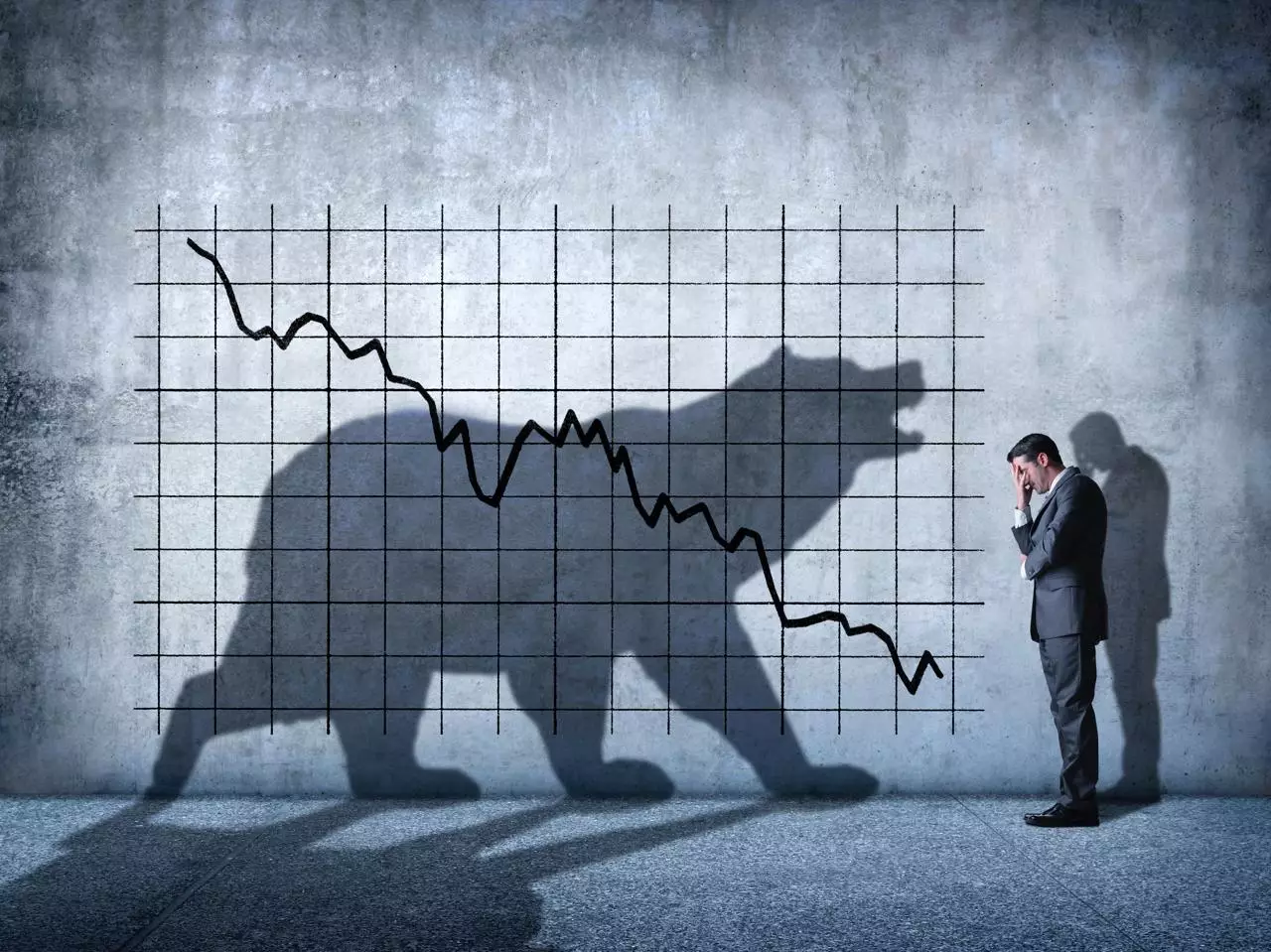Bitcoin’s market narrative lately has been filled with paradoxes that puzzle even seasoned investors. After a notable plunge beneath the psychologically significant $100,000 mark earlier in the week, Bitcoin staged a commendable rebound above $107,000, closing the week on a notably bullish note. Yet, underneath this price recovery lies an intriguing undercurrent that suggests a market sentiment far from unified: a swelling number of traders betting against Bitcoin, flooding the market with short positions despite the cryptocurrency’s relative price stability and modest gains.
This seeming contradiction—where pessimism grows amid stability or even growth—is a classical warning sign in financial markets, frequently signaling latent bullish potential rather than imminent doom. The “Liquidity Zone (7 Days)” indicator, tracking both price action and the net delta of open interest, reveals that shorts currently dominate the bets placed on Bitcoin. A negative net delta, marked by the red bars in recent data, highlights this growing bearish stance. But what many fail to recognize is that short dominance in a stable market often points not to a forthcoming crash, but rather to the looming risk of a short squeeze—a situation that could sharply propel Bitcoin upward.
The Hidden Danger of Bearish Overconfidence
Bears in the Bitcoin market appear confident, but this confidence may actually sow their undoing. When short positions accumulate while Bitcoin prices hold firm or even inch upward, it creates conditions wherein the bears might get trapped. Imagine sellers wagering heavily on a price drop that stubbornly refuses to materialize—eventually, those short sellers will be compelled to buy back their positions at higher prices to cut losses. This forced buying (the short squeeze) paradoxically drives BitcoinPrices even higher, erasing bearish bets in the process.
It’s a classic example of how excessive pessimism can become a self-fulfilling catalyst for unexpected bullish momentum. Yet, the crux here is timing and limits: does Bitcoin currently have enough institutional or retail momentum sustained to ignite this squeeze? The current seven-day rise of 5.2% overpowers the 0.2% growth recorded just in the past day, suggesting a choppy market balancing on a knife-edge of potential breakout or stagnation. This delicate equilibrium means that short sellers who ignore the risk of squeeze do so at their peril.
Why Caution Matters More Than Ever for Bitcoin Bears
The cautionary note from cryptocurrency analytics firm Alphractal should be received loud and clear by the bearish faction. The market’s condensation of skepticism is not a guarantee of impending success for shorts. On the contrary, the data implies a market ripe for volatility, where the balance could tip sharply in either direction. A decisive breach of resistance will spell catastrophic losses for those holding short positions and simultaneously boost Bitcoin’s price through rapid liquidation and fresh buying pressure.
In an era where cryptocurrencies suffer from extreme volatility and fickle investor psychology, the margin of error for bears becomes laughably thin. Their strategy increasingly resembles walking a tightrope over a canyon filled with eager bulls waiting to pounce. Ignoring the possibility of a sudden bull run fueled by a short squeeze reveals a fundamental misunderstanding of the interplay between market psychology and technical mechanics—something that can devastate overconfident skeptics.
Political Economy and Cryptocurrency: The Center-Right Perspective
From a center-right liberal viewpoint, Bitcoin’s behavior underscores the importance of markets that reward rationality blended with caution. Unregulated markets are efficient to a degree, but when emotions drive herd behavior—as with the shorts piling up positions amid price stability—recklessness can prevail. This is why sound, transparent analysis, akin to what Alphractal offers, is essential for investors and regulators alike: it helps separate genuine market movements from speculative noise.
Furthermore, the dynamic underscores the vital role of market participants who value reasoned risk over emotional selling. When Bitcoin’s price volatility is driven by shorts ignoring the risk of squeeze, the technology behind cryptocurrencies, which holds promise for financial innovation, risks being undermined by shortsightedness, not fundamentals. Hence, responsible trading and a culture of informed investing are not luxuries but necessities for cryptocurrencies to mature within capitalist frameworks.
Bitcoin’s Choppy Range: A Breeding Ground for Market Drama
Finally, the current narrow trading range for Bitcoin—hovering just above $107,000 with minimal intraday growth—represents a kind of market limbo. This is a frustrating place for many, where decisive trends are absent and volatility feels suppressed, but this calm is often a deceptive prelude to a violent move. Market participants must realize that hanging around in indecision zones isn’t a neutral phenomenon; it fuels speculation on both sides, increasing the potential power of a future breakout or breakdown.
Traders who align purely with bearish narratives may be setting themselves up for painful losses if Bitcoin breaks resistance, while staunch bulls must also prepare for shocks if the bears manage to push prices lower. This volatile standoff illustrates how Bitcoin’s future is not set in stone but is a battleground of competing forces, one where overconfidence by any side can yield stunning reversals. The lesson for those involved is simple: never underestimate the market’s capacity to surprise—and punish.
—
In sum, while Bitcoin’s recent recovery may elude broad enthusiasm, the lurking undercurrent of increased short interest amidst stable prices is more than a curious anomaly—it’s a potentially explosive market signal. Center-right liberalism, which values market integrity, responsible risk, and measured optimism, finds in this scenario a clarion call to investors: recognize the dangers of bearish complacency and respect the instructive power of market data before wagering on risky bets in the chaotic crypto arena.

